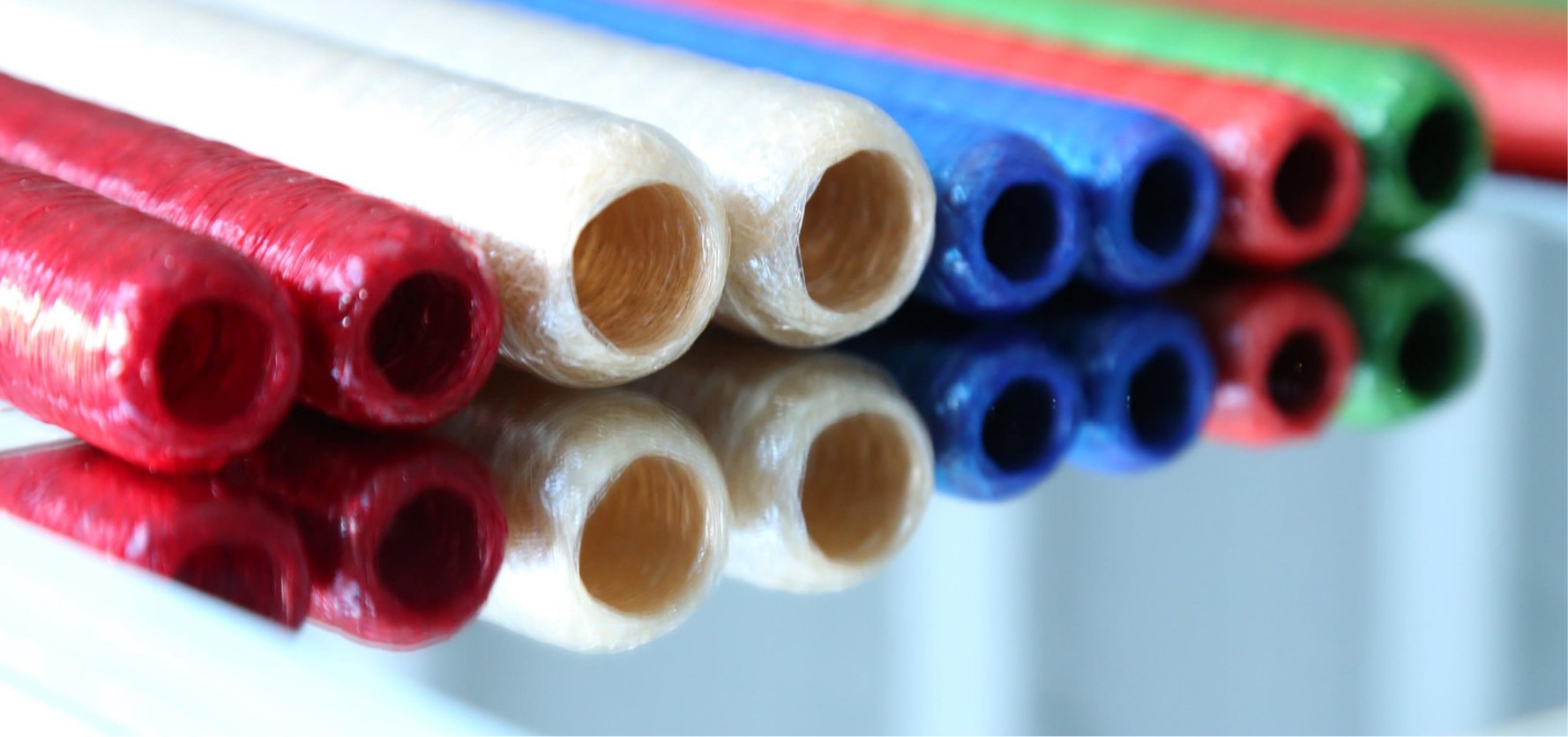Best Cellulose Casing factory In China
Cellulose casings
Sausage, as a delicacy loved by many people, is an essential part of daily life, so is sausage casing. Therefore, the choice of casings becomes crucial, including collagen casing, plastic casing and cellulose casing.
Cellulose casing, made from cellulose which is extracted from plant fibers, are biodegradable while taking into account strength, elasticity, and breathability.
What is cellulose casing made of?
Typical physical performance parameters
|
Item |
Unit |
Test |
Test method |
||||||
|
Material |
- |
CAF |
- |
||||||
|
Thickness |
micron |
19.3 |
22.1 |
24.2 |
26.2 |
31 |
34.5 |
41.4 |
Thickness meter |
|
g/weight |
g/m2 |
28 |
31.9 |
35 |
38 |
45 |
50 |
59.9 |
- |
|
Transmittance |
units |
102 |
ASTMD 2457 |
||||||
|
Heat sealing temperature |
℃ |
120-130 |
- |
||||||
|
Heat sealing strength |
g(f)/37mm |
300 |
120℃ 0.07mpa/1s |
||||||
|
Surface Tension |
dyne |
36-40 |
Corona pen |
||||||
|
Permeate water vapor |
g/m2.24h |
35 |
ASTME96 |
||||||
|
Oxygen permeable |
cc/m2.24h |
5 |
ASTMF1927 |
||||||
|
Roll Max Width |
mm |
1000 |
- |
||||||
|
Roll Length |
m |
4000 |
- |
||||||
Advantage of Cellophane

Features of cellulose casing sausage
Precautions against cellophane
Other properties
Packing Requirement
Applications of Cellophane Casing
Cellulose sausage casing enjoys high praise among consumers and are used in different types of sausages.

Frequently Asked Questions
cellophane, a thin film of regenerated cellulose, usually transparent, employed primarily as a packaging material. For many years after World War I, cellophane was the only flexible, transparent plastic film available for use in such common items as food wrap and adhesive tape.
They are both degradable, but cellulose casings have stronger toughness and coloring. It can be printed, too.
Cellulose casing sausage can be biodegraded in the natural environment.
Cellulose casings are divided into transparent casings, colored cellulose casings, striped casings, transferred color casings and printed casings。
Cellophane has some properties similar to plastic, making it a more attractive option for brands wanting to go plastic-free. In terms of disposal cellophane is certainly better than plastic, however it is not suitable for all applications. Cellophane cannot be recycled, and it isn't 100% waterproof.
Cellophane is a thin, transparent sheet made of regenerated cellulose. Its low permeability to air, oils, greases, bacteria, and liquid water makes it useful for food packaging.
The product is non-toxic and tasteless, can be naturally degraded in the soil, will not cause secondary pollution to the environment, and will not cause harm to the human body.
YITO Packaging is the leading provider of cellulose edible casing. We offer a complete one-stop cellulose casing solution for sustainable business.

